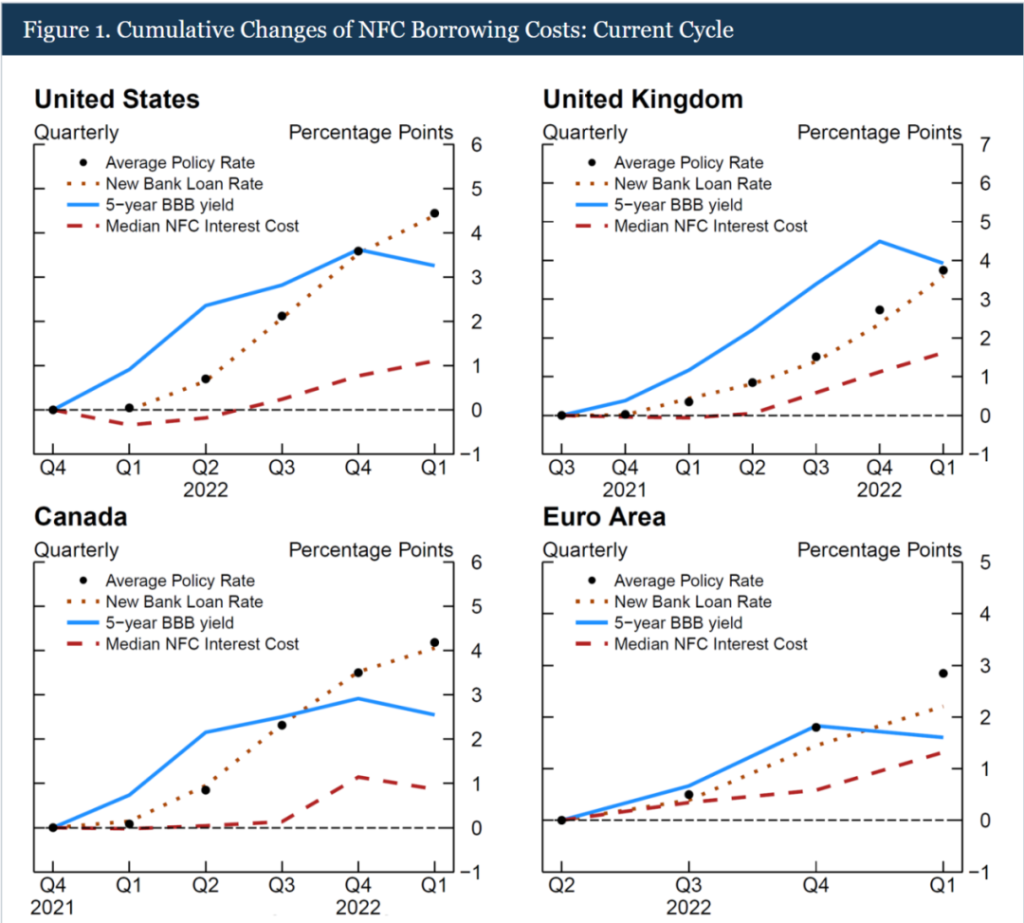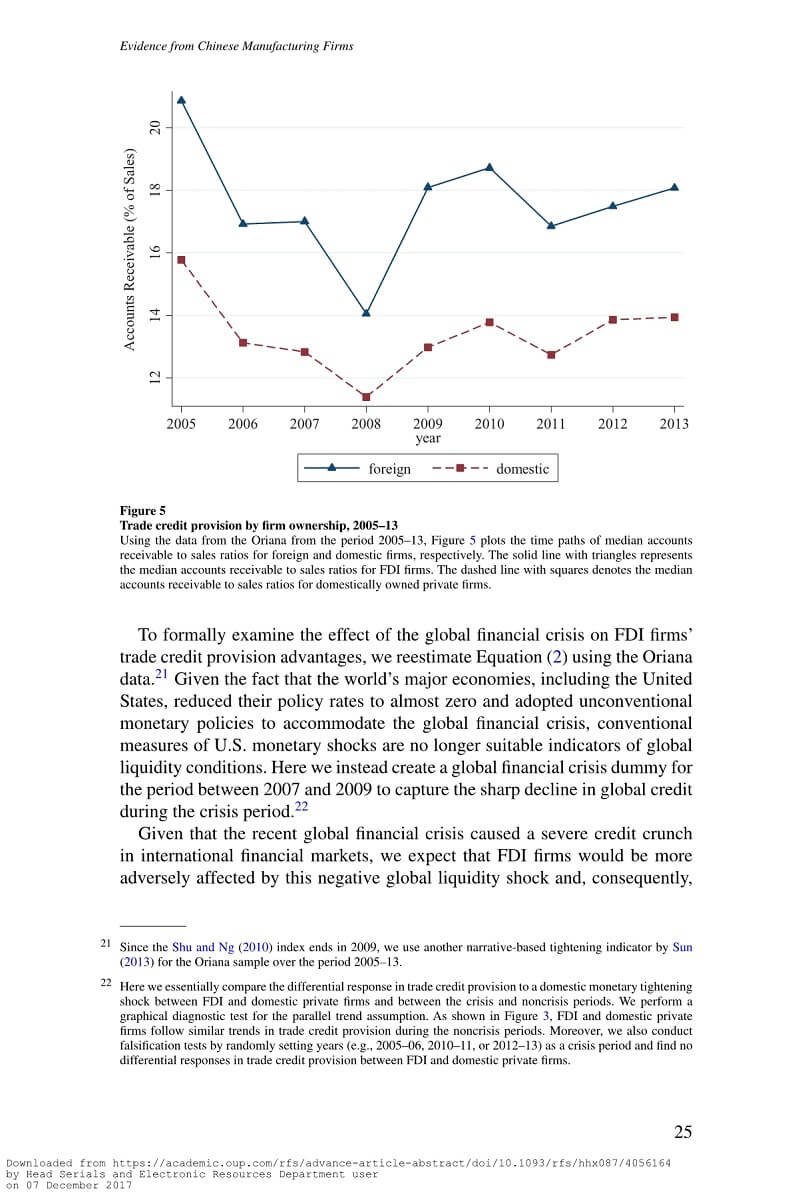### Understanding Loan to Cost vs Loan to Value: Key Differences and Implications for Real Estate Investors
Guide or Summary:What is Loan to Cost (LTC)?What is Loan to Value (LTV)?Key Differences Between LTC and LTVImplications for Investors and LendersIn the worl……
Guide or Summary:
- What is Loan to Cost (LTC)?
- What is Loan to Value (LTV)?
- Key Differences Between LTC and LTV
- Implications for Investors and Lenders
In the world of real estate financing, two important metrics often come into play: **Loan to Cost (LTC)** and **Loan to Value (LTV)**. These ratios are critical for investors, developers, and lenders alike, as they provide insights into the risk and potential return of a real estate project. In this article, we will explore the nuances of **Loan to Cost vs Loan to Value**, examining their definitions, applications, and how they impact investment decisions.
What is Loan to Cost (LTC)?
Loan to Cost (LTC) is a financial metric used primarily in real estate development. It is calculated by dividing the total loan amount by the total cost of the project, which includes acquisition, construction, and other associated costs. The formula can be expressed as follows:
\[ \text{LTC} = \frac{\text{Loan Amount}}{\text{Total Project Cost}} \]
For example, if a developer plans to build a residential complex with a total cost of $1,000,000 and secures a loan of $750,000, the LTC would be:
\[ \text{LTC} = \frac{750,000}{1,000,000} = 0.75 \text{ or } 75\% \]

A higher LTC ratio indicates that a larger portion of the project's cost is being financed through debt, which can increase the financial risk for the lender. Conversely, a lower LTC suggests that the developer is contributing more equity, which can be viewed as a sign of commitment and lower risk.
What is Loan to Value (LTV)?
Loan to Value (LTV) is another crucial metric, often used in both residential and commercial real estate financing. It measures the ratio of the loan amount to the appraised value of the property. The formula is as follows:
\[ \text{LTV} = \frac{\text{Loan Amount}}{\text{Appraised Property Value}} \]
For instance, if a property is appraised at $1,200,000 and the borrower takes out a loan of $900,000, the LTV would be:
\[ \text{LTV} = \frac{900,000}{1,200,000} = 0.75 \text{ or } 75\% \]

LTV is a critical factor for lenders when assessing risk. A higher LTV indicates that the borrower is financing a larger portion of the property’s value, which can increase the likelihood of default if property values decline. In general, lenders prefer lower LTV ratios as they indicate a greater equity cushion in the event of a downturn.
Key Differences Between LTC and LTV
While both LTC and LTV ratios are essential in real estate financing, they serve different purposes and are used in different contexts.
1. **Application**: LTC is primarily used in development projects where costs are incurred upfront, whereas LTV is more relevant for existing properties and acquisitions.
2. **Focus**: LTC focuses on the relationship between the loan amount and the total cost of the project, while LTV emphasizes the relationship between the loan amount and the appraised value of the property.
3. **Risk Assessment**: LTC can indicate the financial risk associated with a development project, while LTV provides insights into the risk of the property’s market value declining.

Implications for Investors and Lenders
Understanding the differences between **Loan to Cost vs Loan to Value** is crucial for both investors and lenders. For investors, knowing these metrics can help in making informed decisions about financing options, assessing risk, and determining the viability of a project. Lenders, on the other hand, utilize these ratios to gauge the risk associated with a loan application, which can influence interest rates and loan terms.
In conclusion, both Loan to Cost and Loan to Value are vital metrics that play significant roles in real estate financing. By understanding their definitions, applications, and implications, investors and lenders can make better-informed decisions, ultimately leading to more successful real estate ventures.